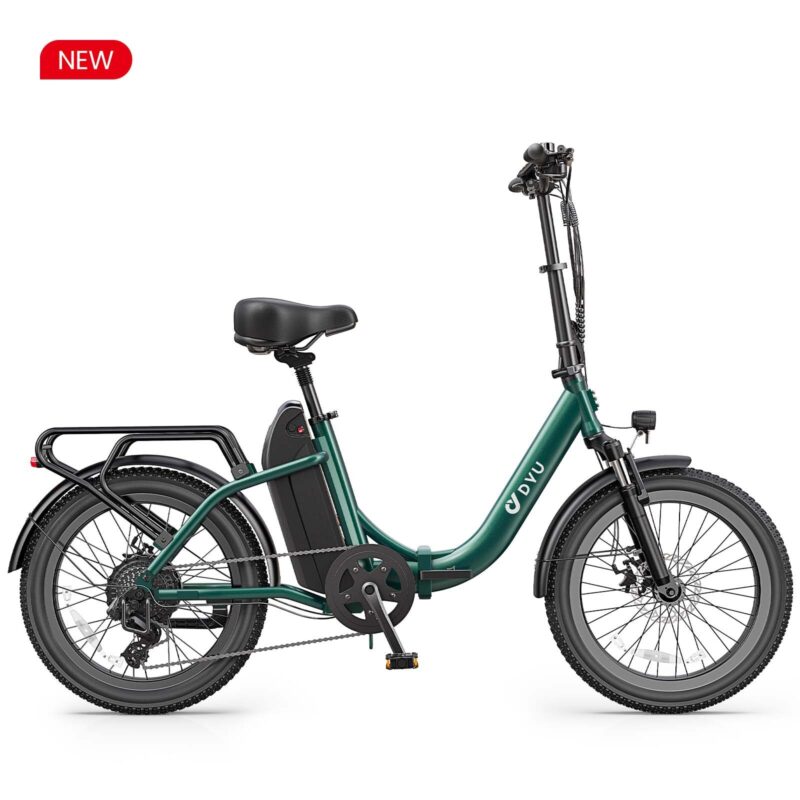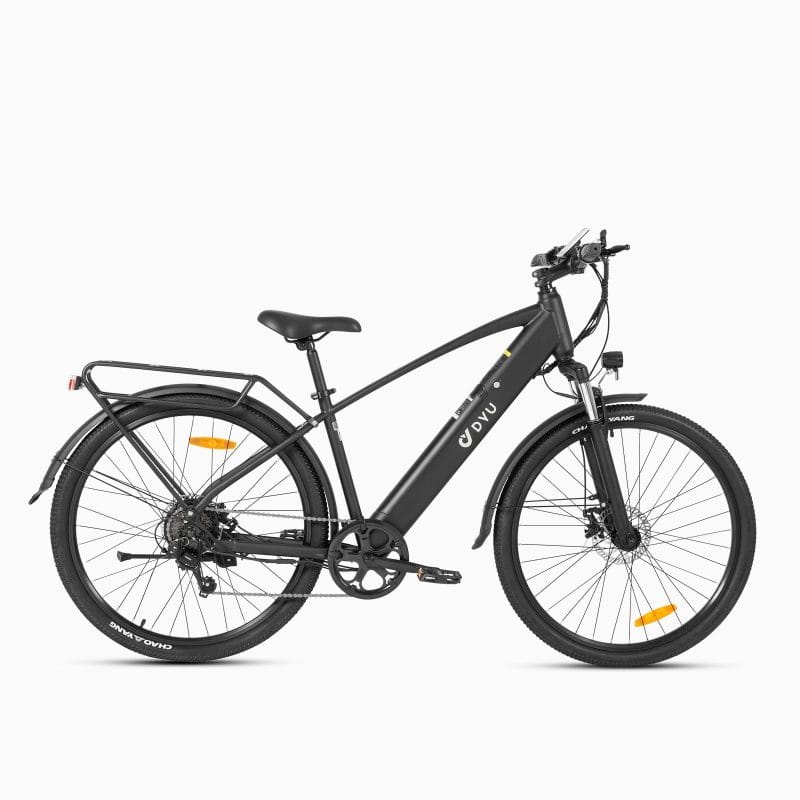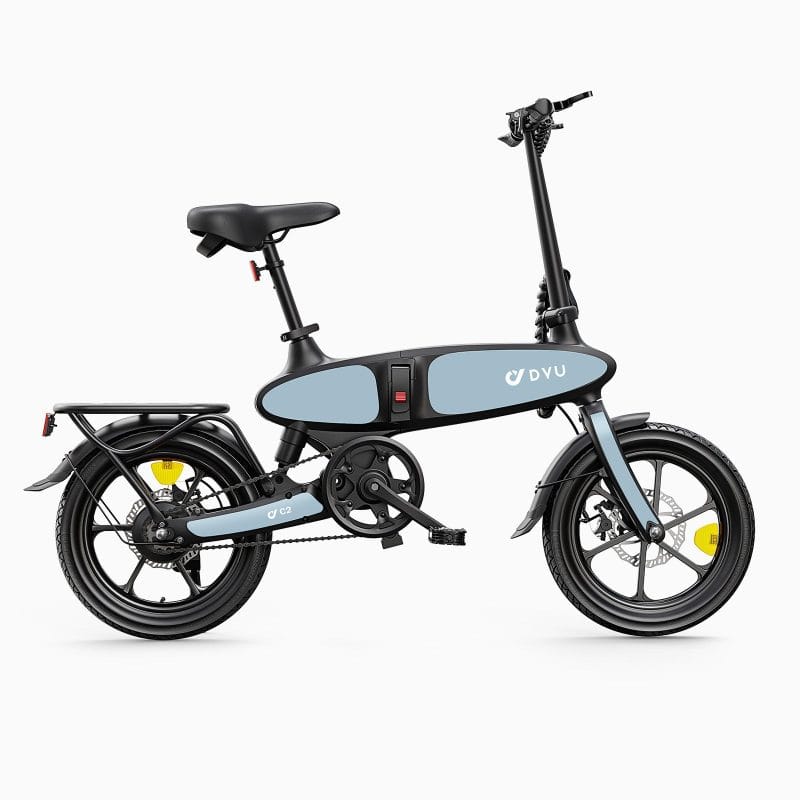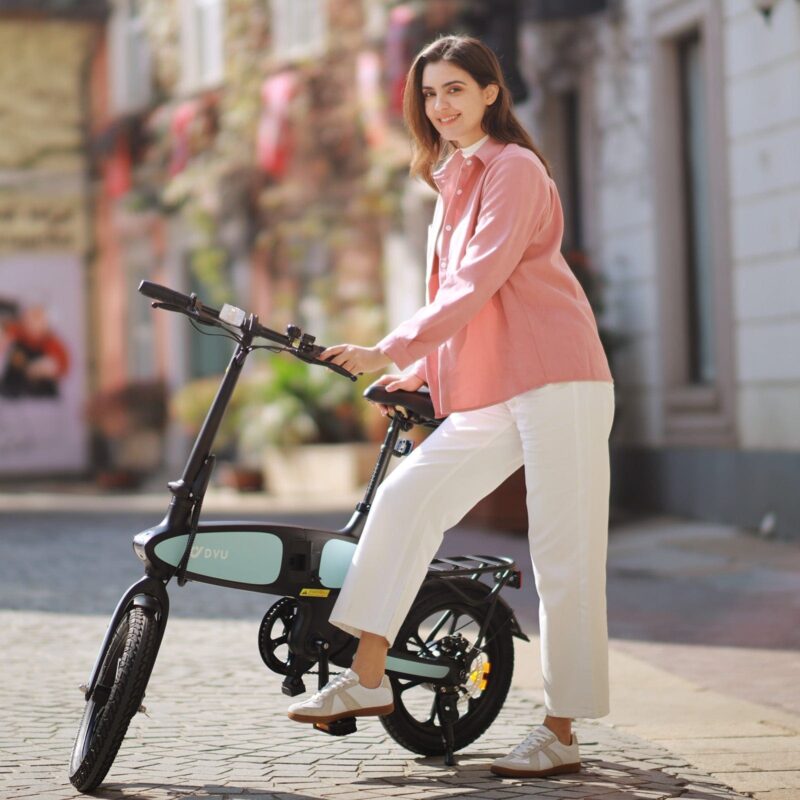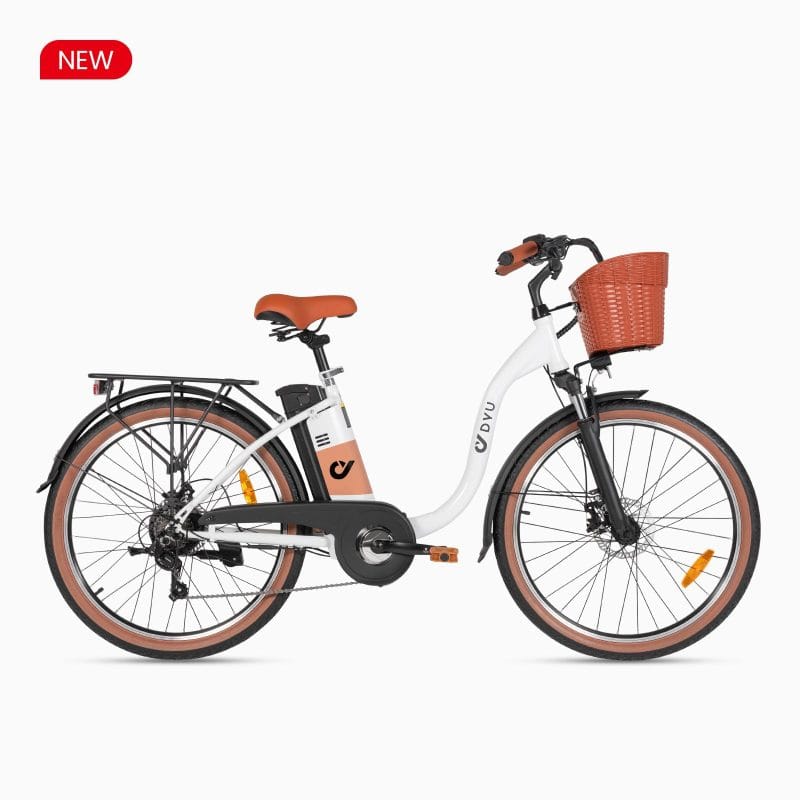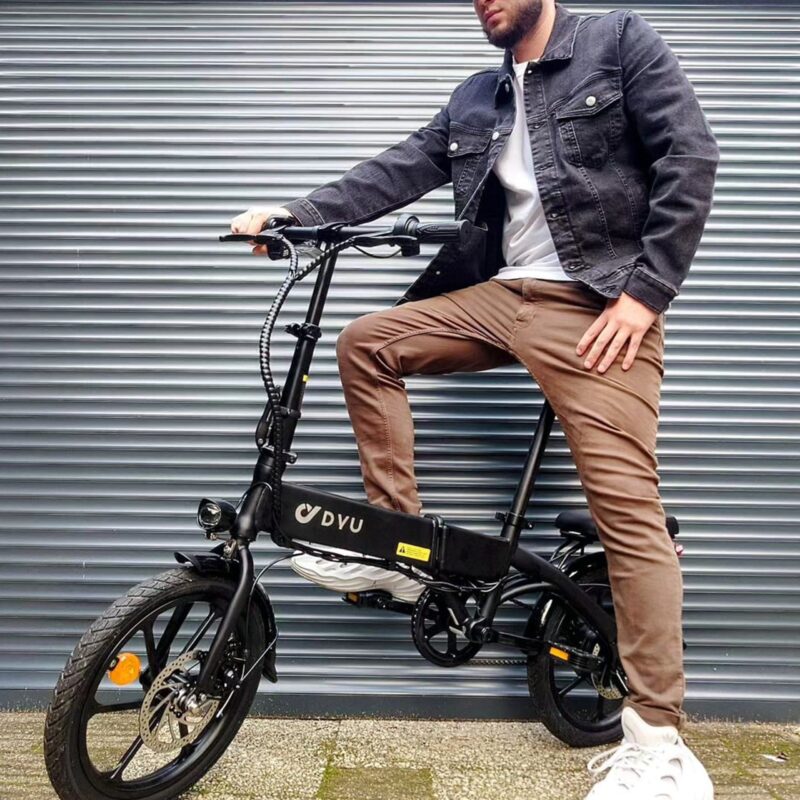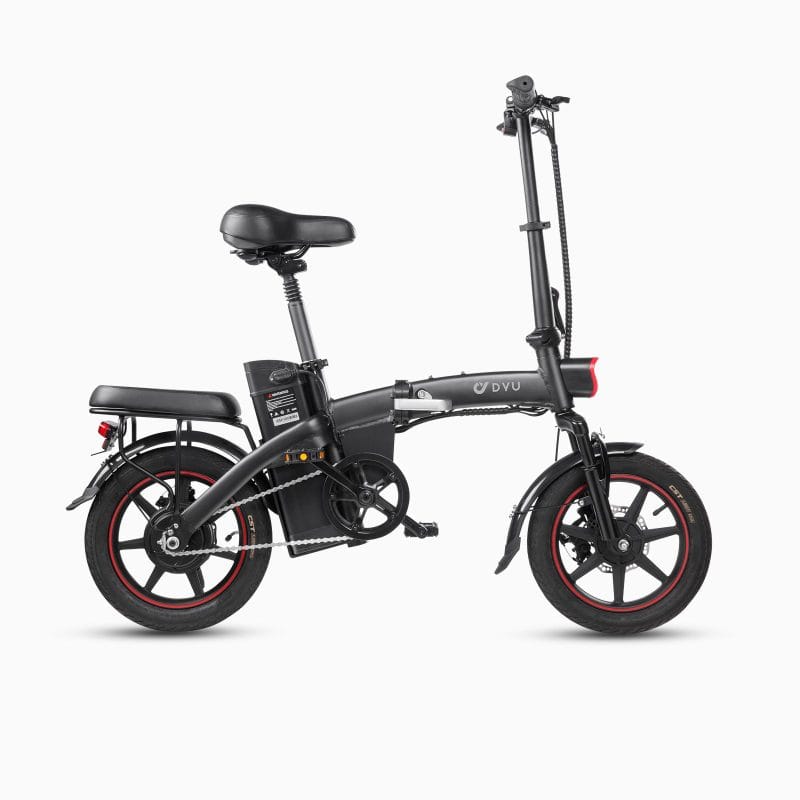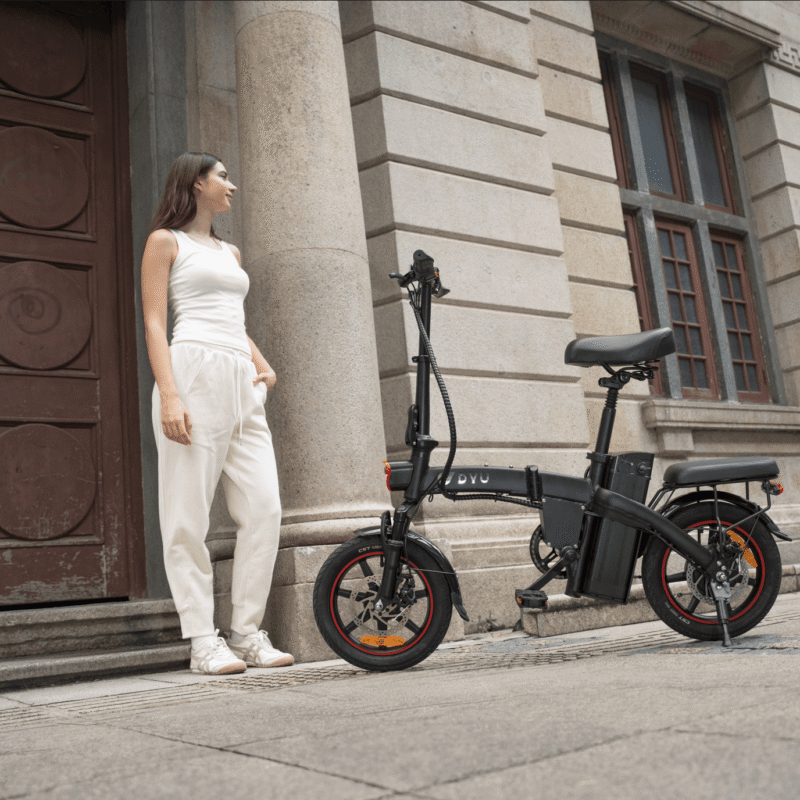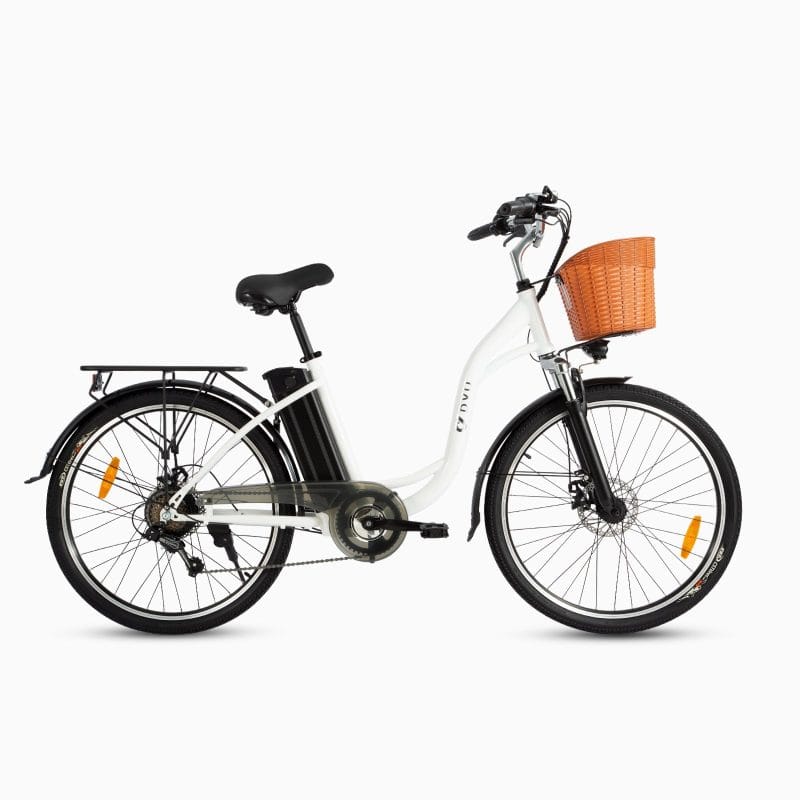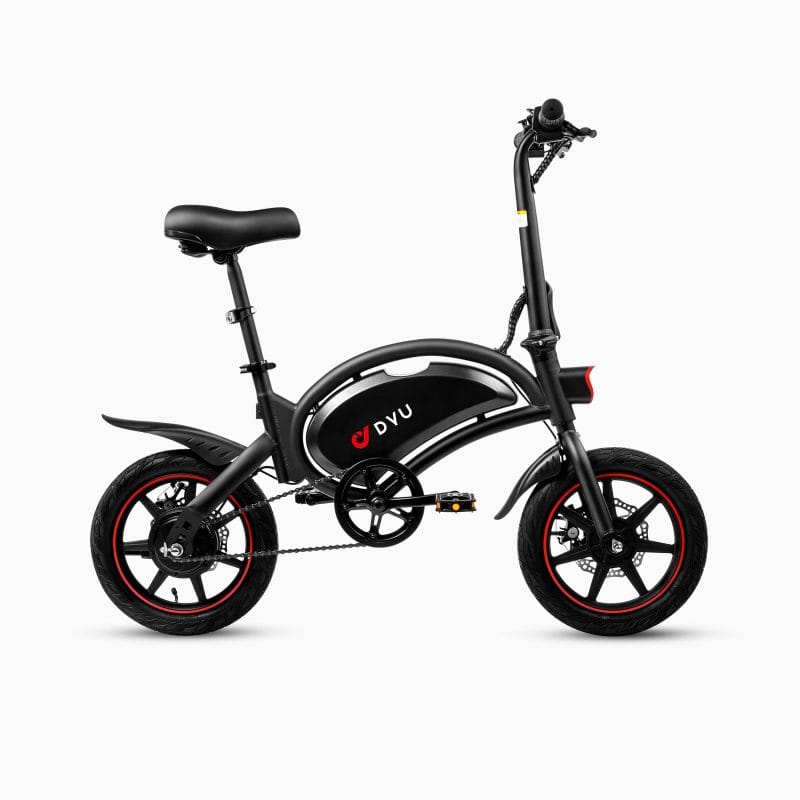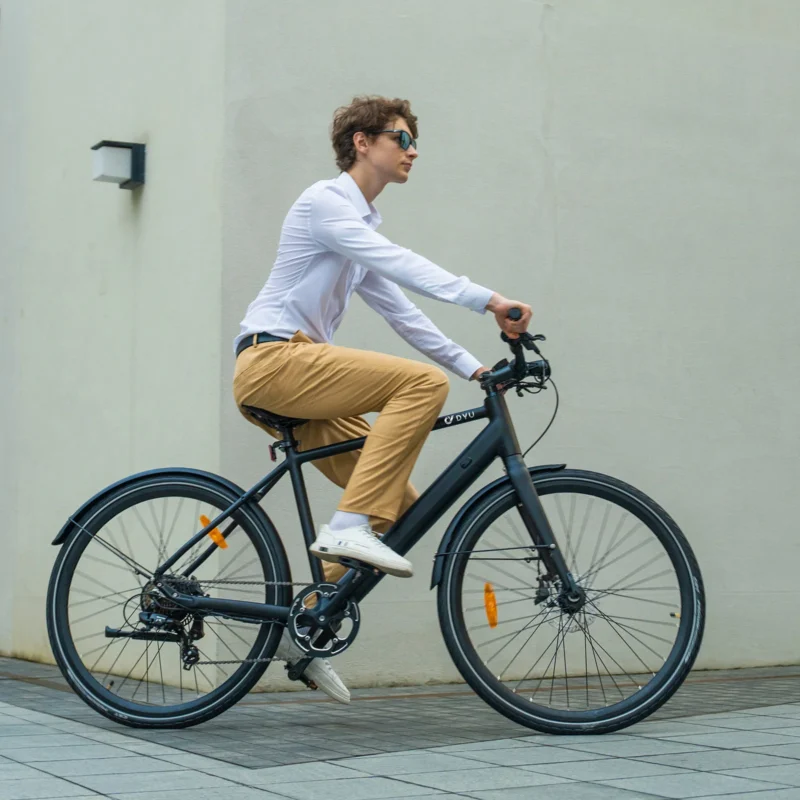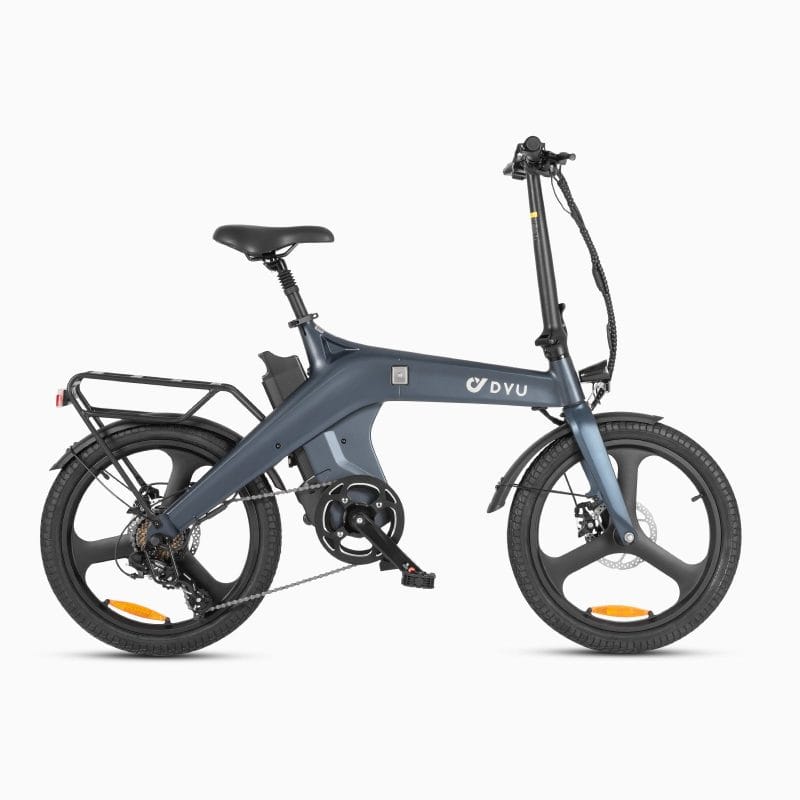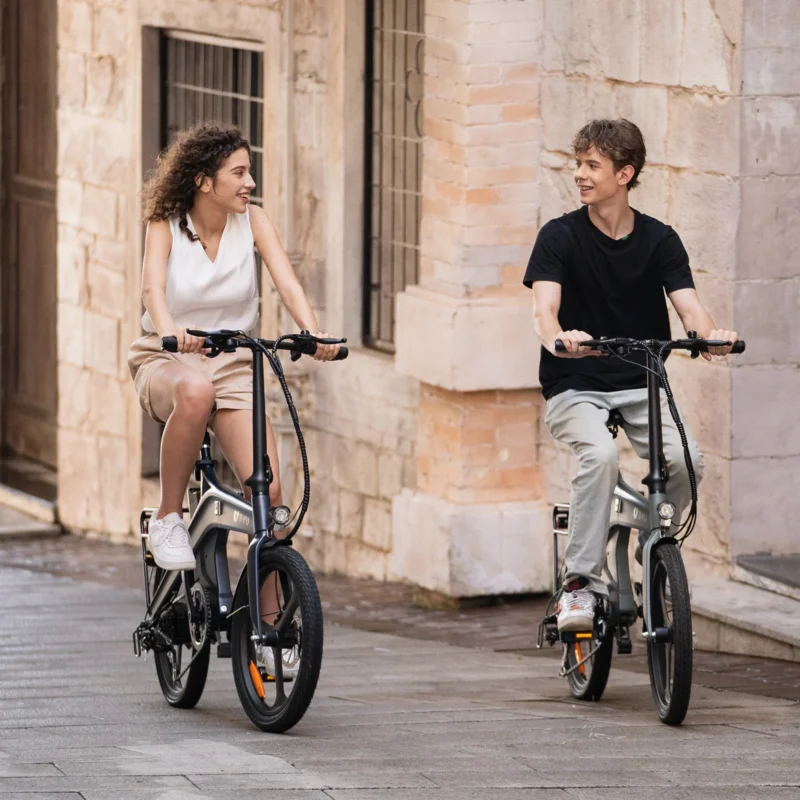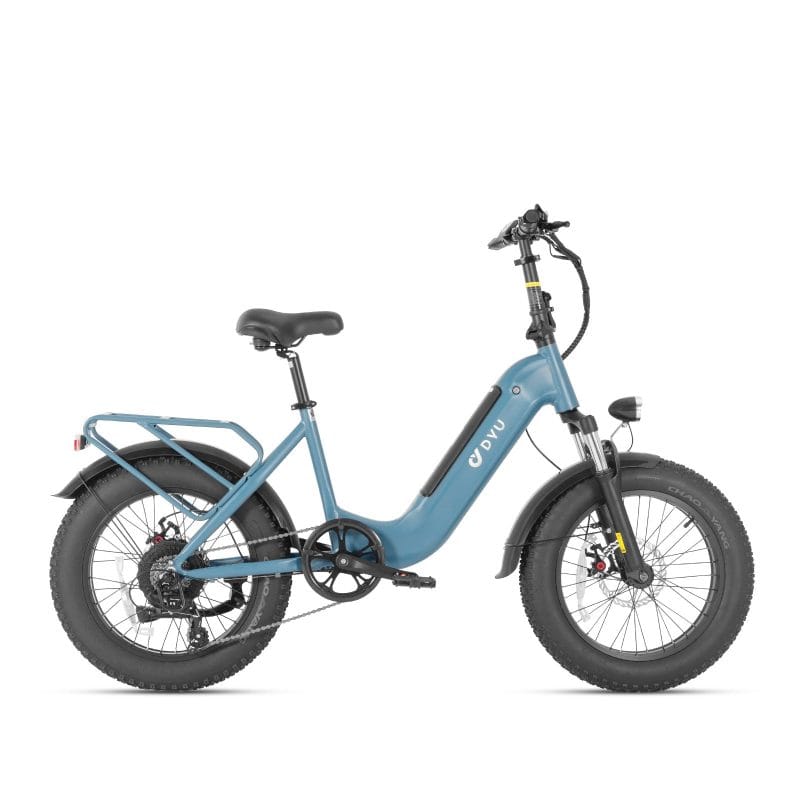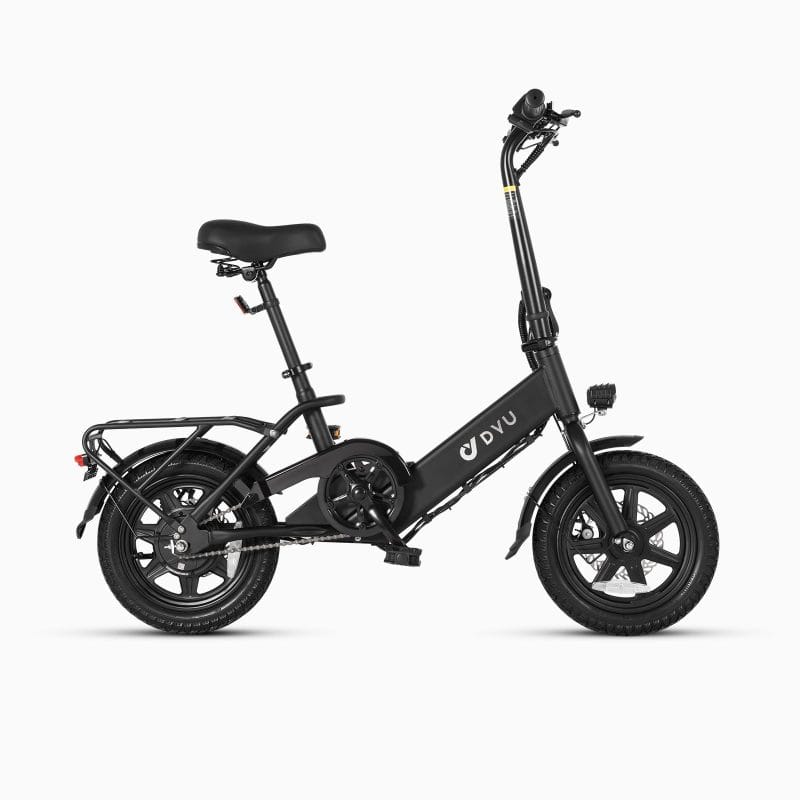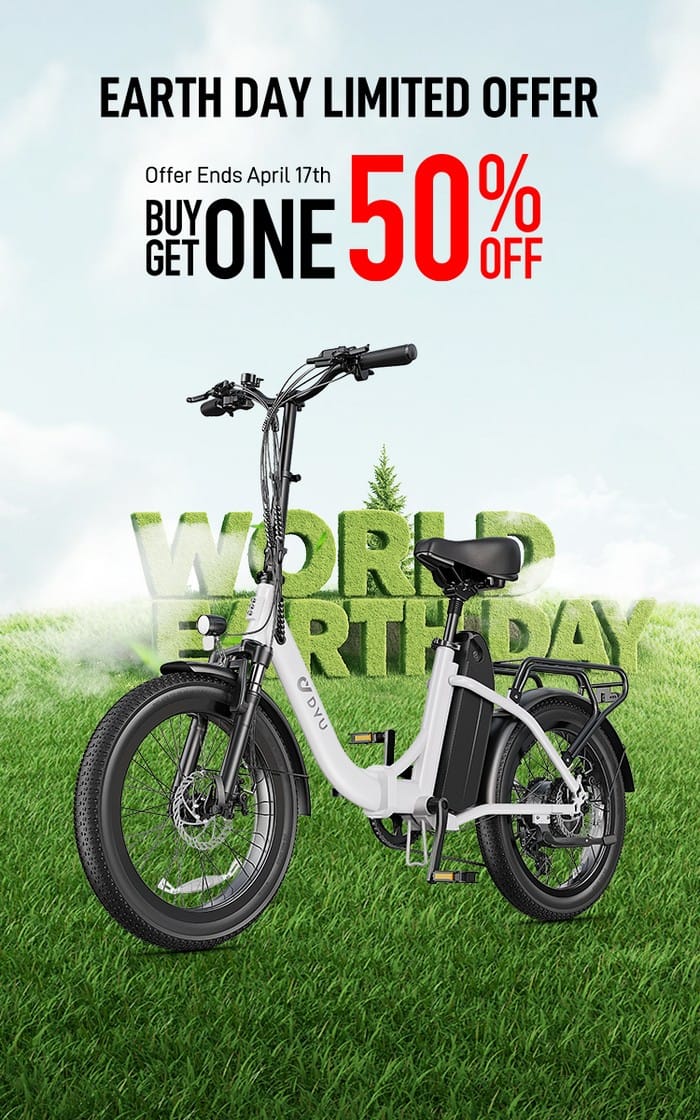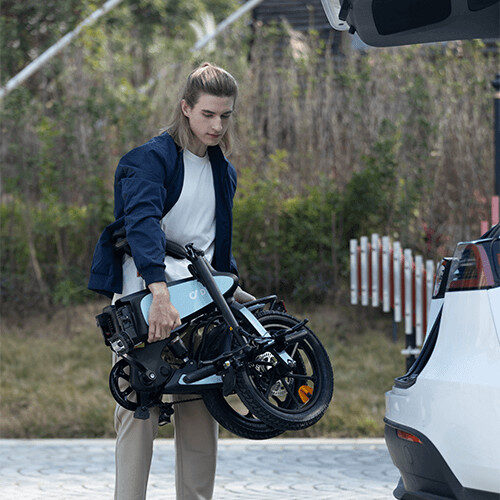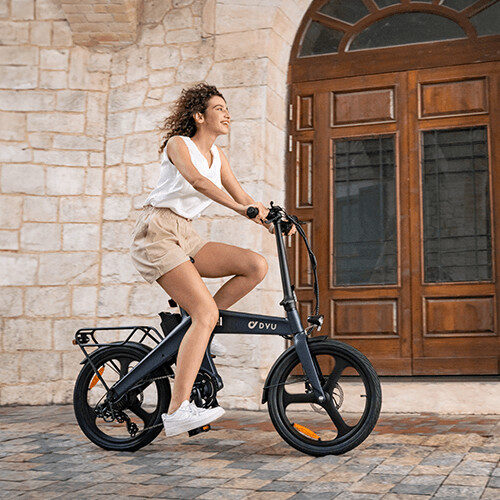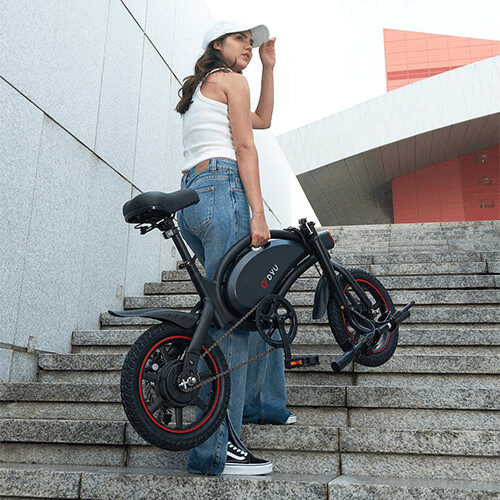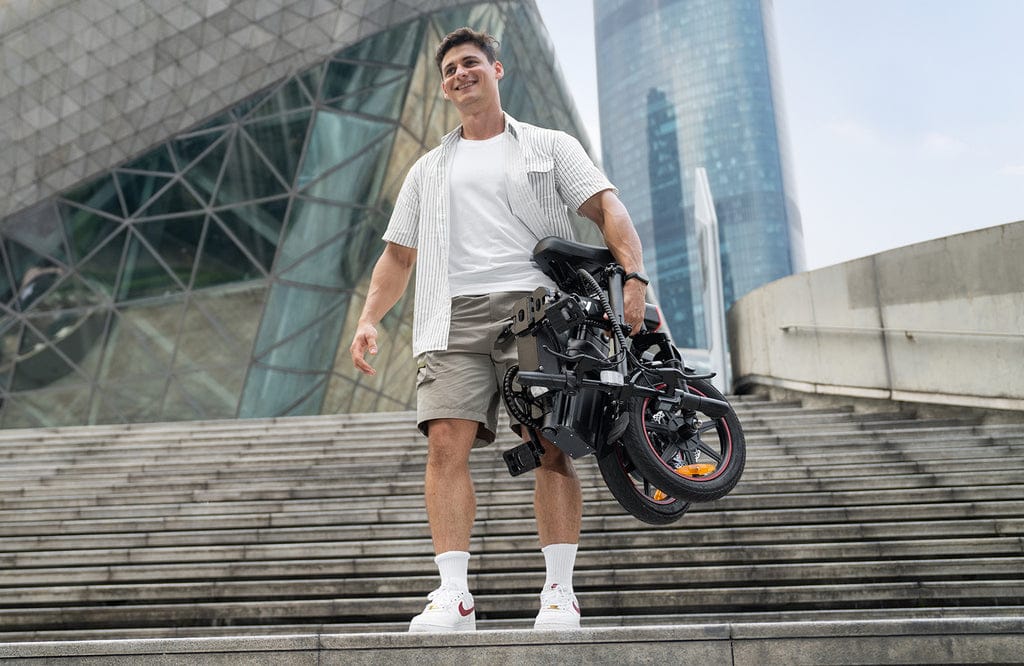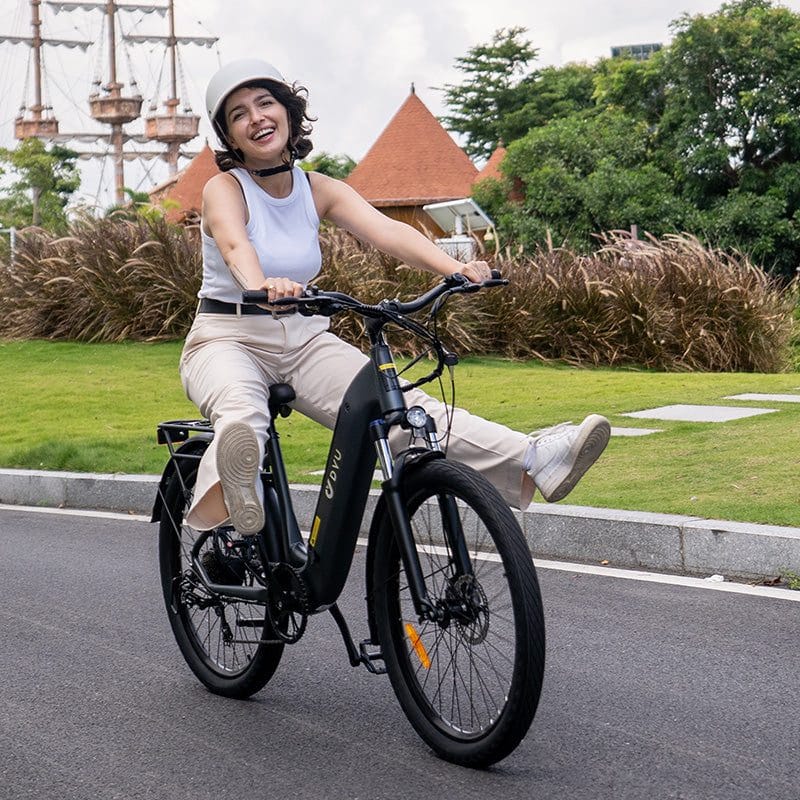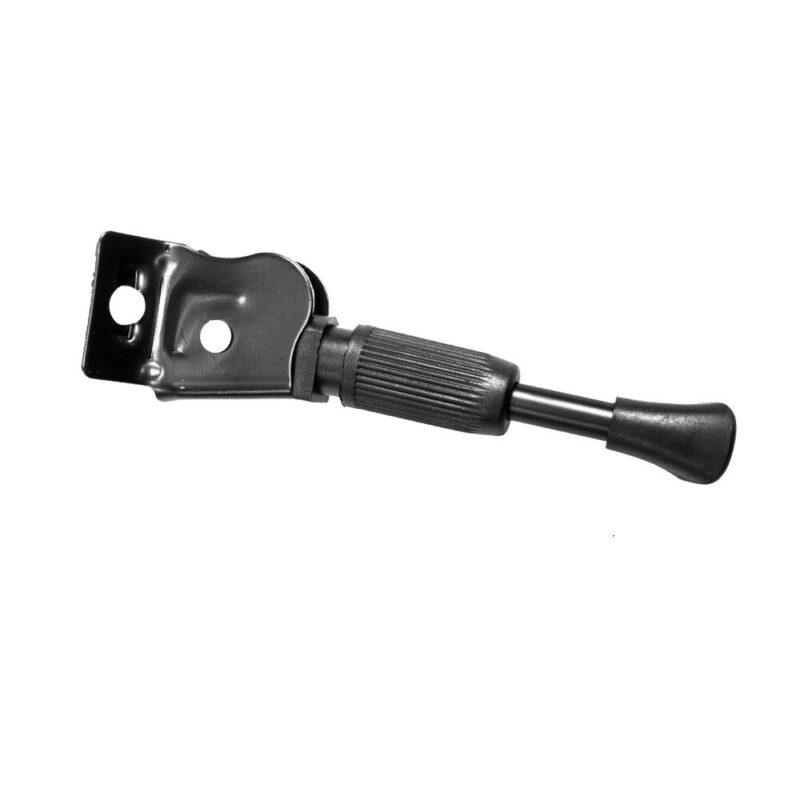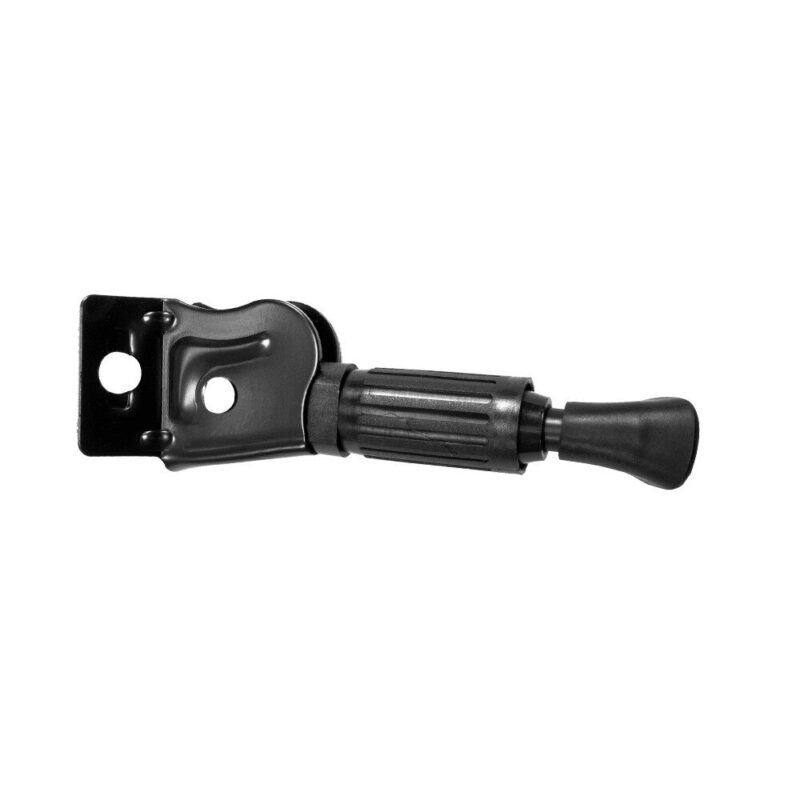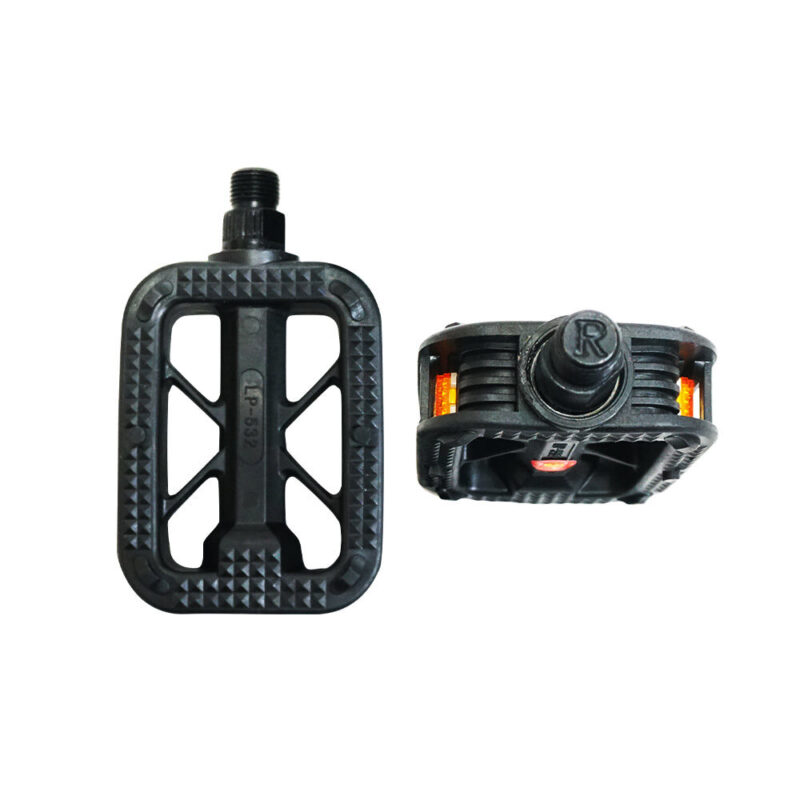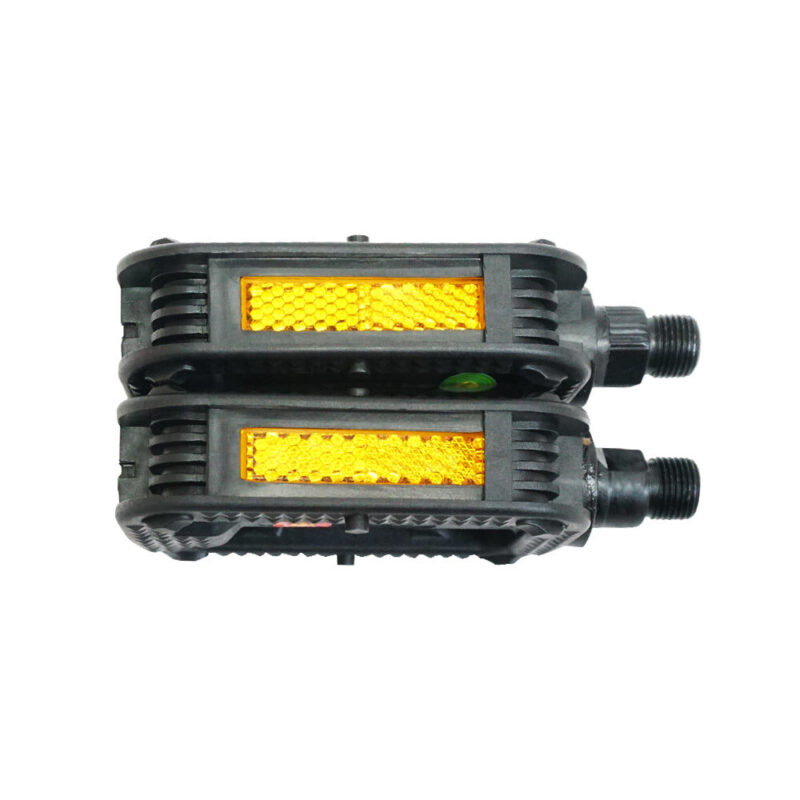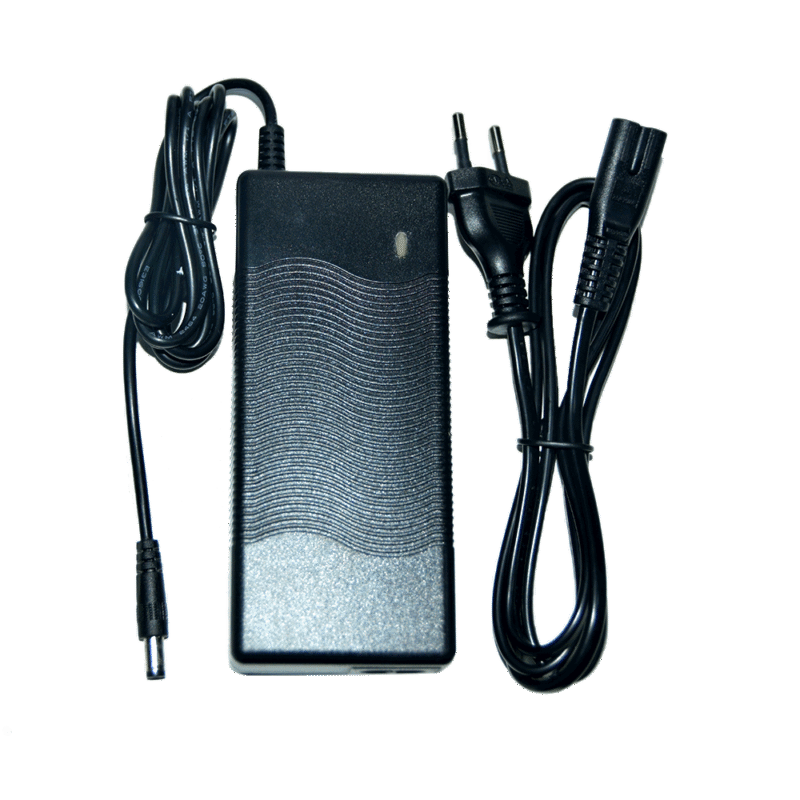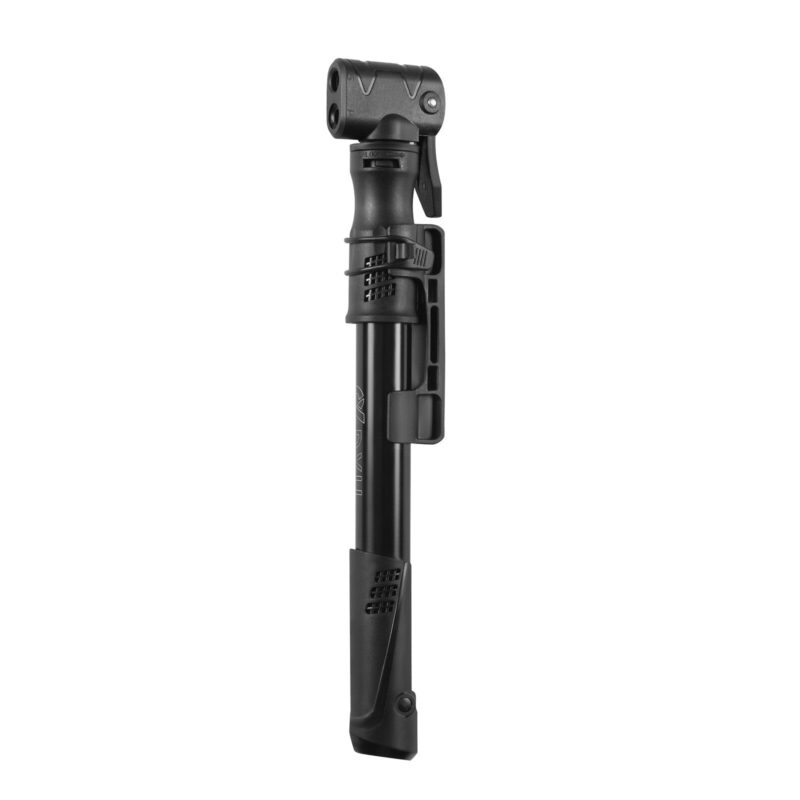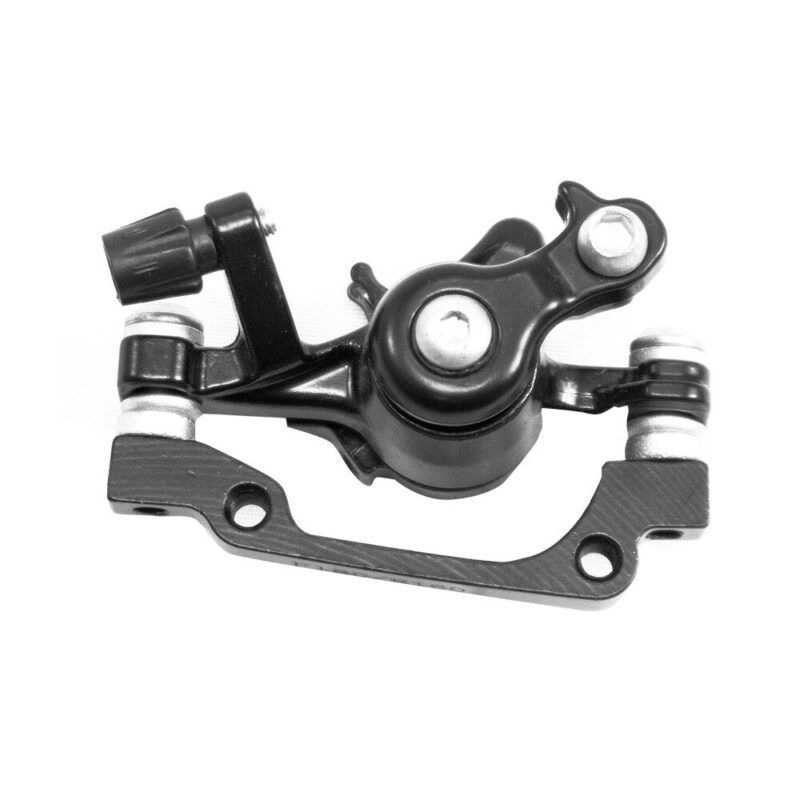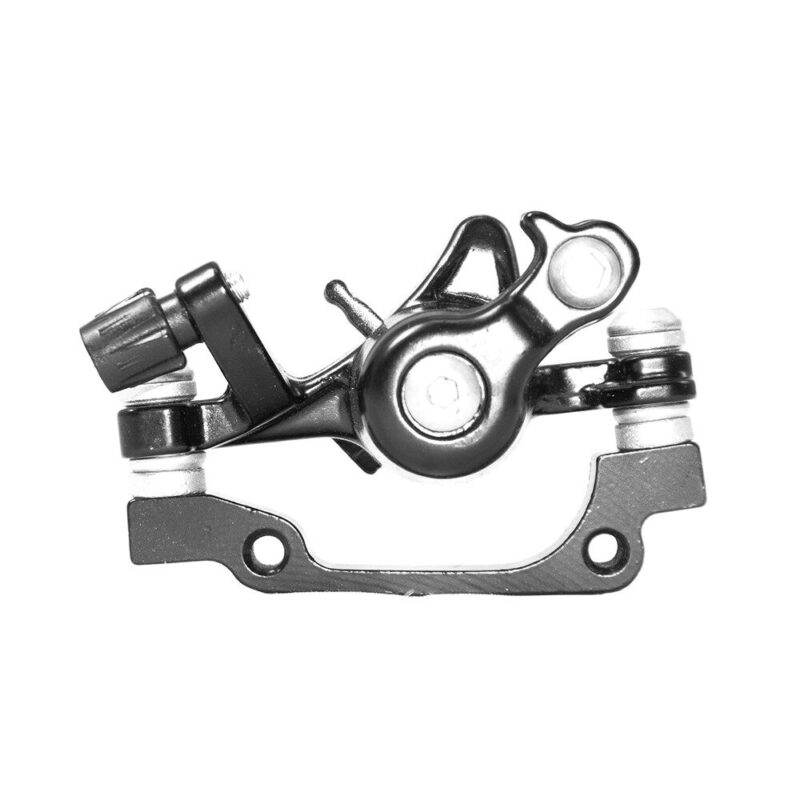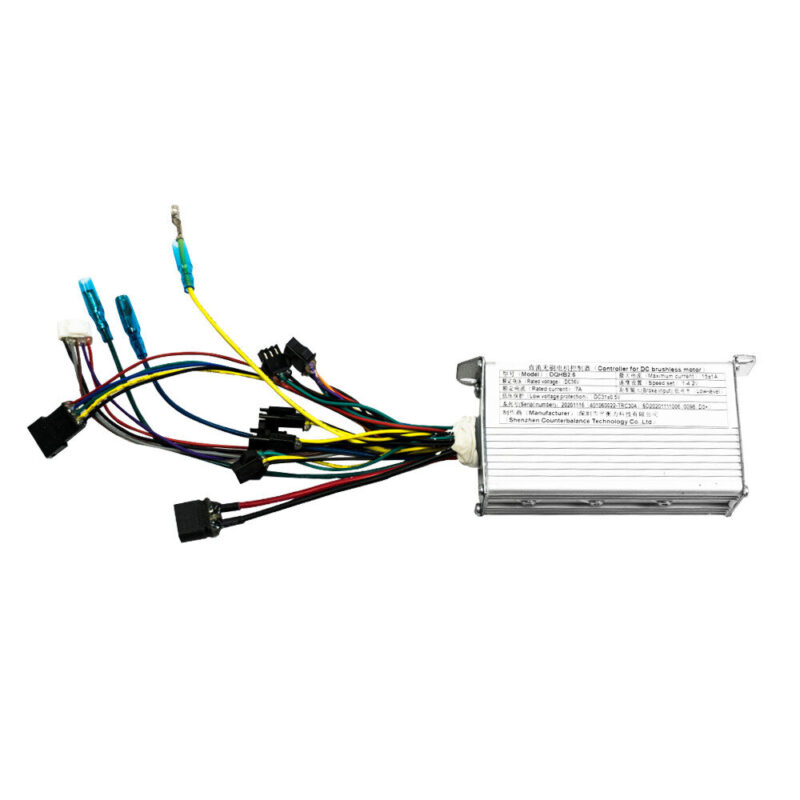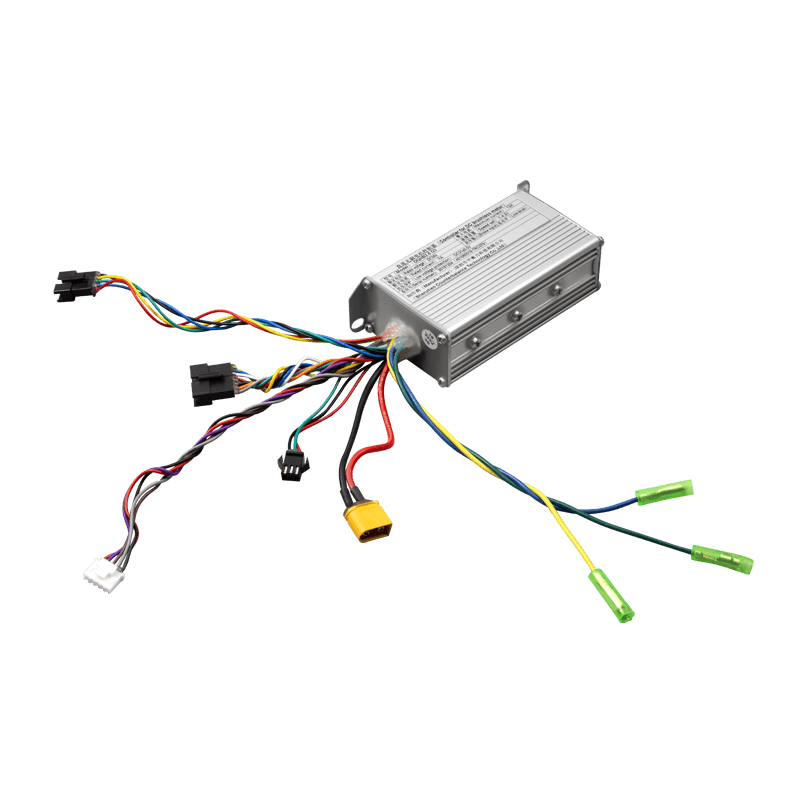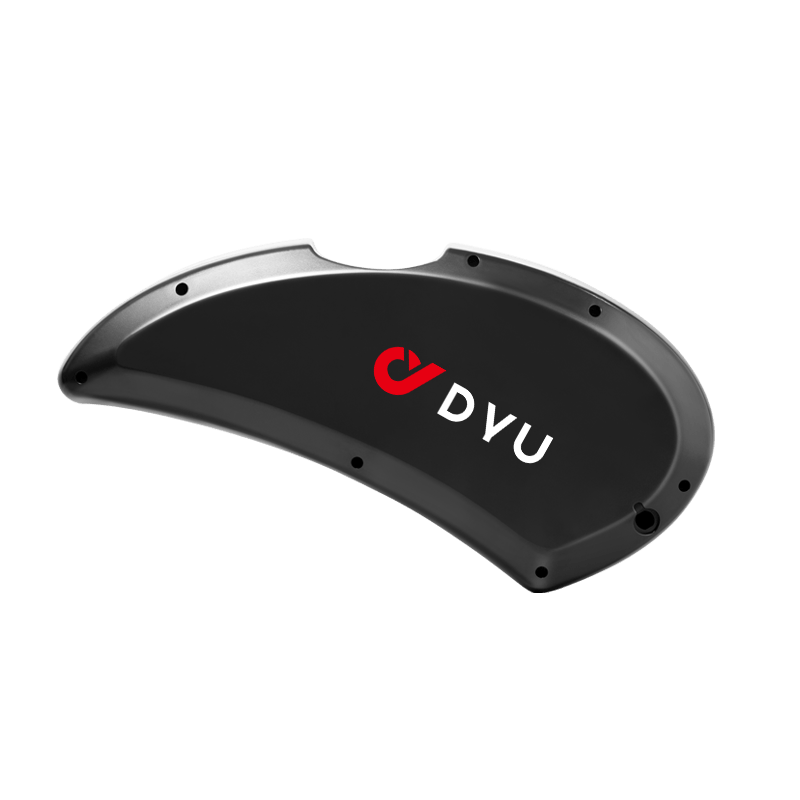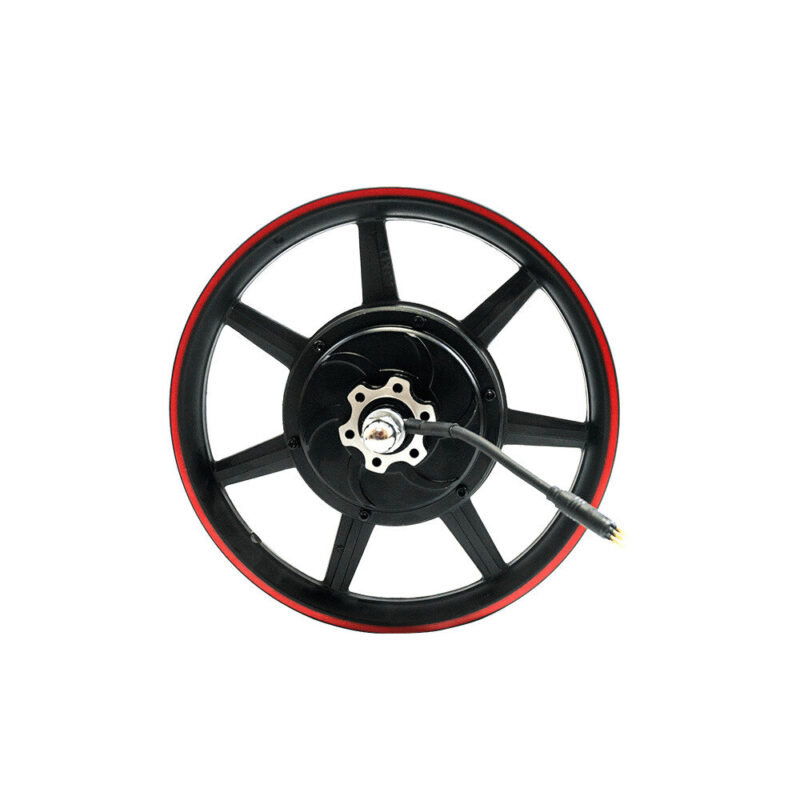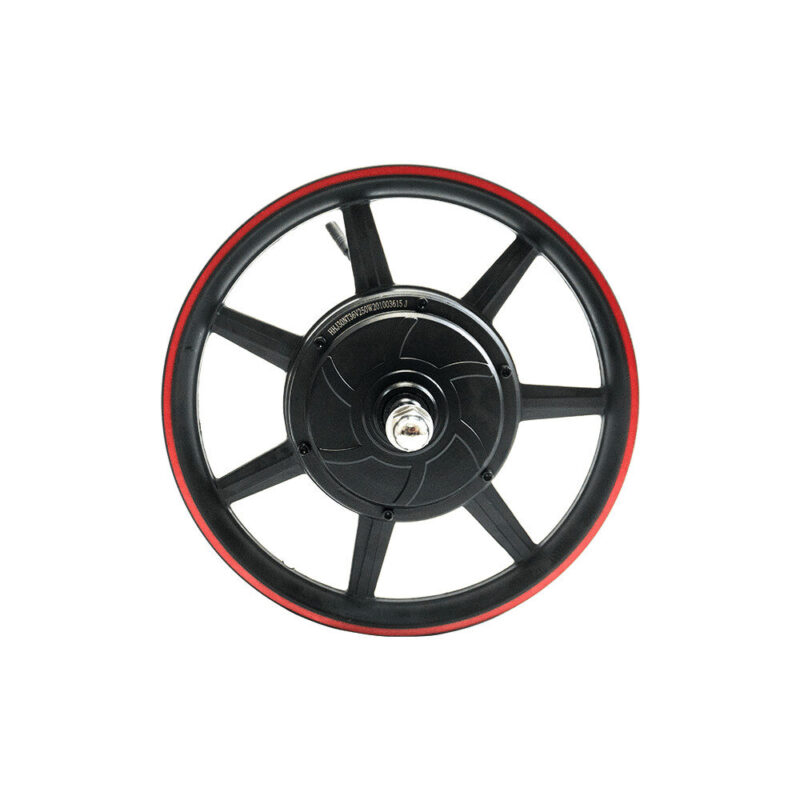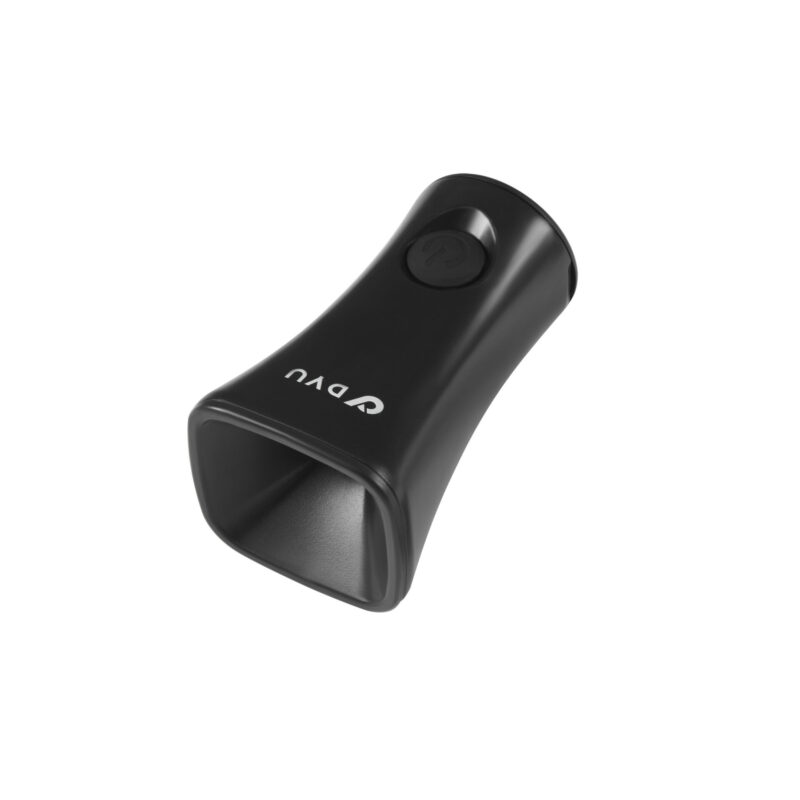Ebikes
Mid-Drive vs. Hub Drive E-Bikes: Key Differences Explained
Mid-Drive vs. Hub-Drive E-Bikes: A Comprehensive Guide to Choosing Your Ideal Motor System
Electric bikes (e-bikes) are revolutionizing urban mobility and outdoor adventures, offering a blend of human power and electric assistance. At the heart of this innovation lie two dominant motor systems: mid-drive and hub-drive. Below, we break down their differences, strengths, and ideal use cases to help you decide.

1. Mid-Drive Motors: Power Meets Precision
What Is It?
Mid-drive motors are positioned at the bike’s bottom bracket (where pedals meet the frame), integrating directly with the drivetrain. This central placement optimizes weight distribution and mimics natural pedaling dynamics.
How It Works
By leveraging the bike’s gears, mid-drive systems adjust torque and RPM dynamically. For example, shifting to a lower gear on steep hills increases torque output (up to 85 Nm in premium models), making climbs effortless.
Pros
- Superior Hill Climbing: Excels on steep inclines due to gear-optimized torque.
- Balanced Handling: Central motor placement enhances stability on trails and tight turns.
- Extended Range: Efficient power use via gears can boost battery life by 15-20% compared to hub drives.
- Natural Riding Feel: Torque sensors respond to pedal pressure, delivering seamless assistance.
Cons
- Higher Maintenance: Stress on chains and cassettes accelerates wear, requiring frequent adjustments.
- Cost: Advanced technology raises prices (typically $2,000+).
Best For
- Hilly terrain: Tackles 20%+ gradients effortlessly.
- Off-road adventures: Superior control on rocky or uneven paths.
- Cargo hauling: Handles heavy loads (e.g., groceries, trailers) with high torque.

2. Hub-Drive Motors: Simplicity and Affordability
What Is It?
Hub motors are embedded in the front or rear wheel, operating independently of the bike’s gears. This straightforward design prioritizes ease of use and affordability.
How It Works
The motor spins the wheel directly, bypassing the drivetrain. Most hub drives use cadence sensors, providing consistent power regardless of pedal pressure.
Pros
- Low Maintenance: Minimal interaction with gears reduces wear on chains and derailleurs.
- Budget-Friendly: Entry-level models start under $1,500.
- Silent Operation: Ideal for urban commuting (noise levels < 45 dB).
- Throttle Option: Some models include a throttle for effortless starts.
Cons
- Poor Hill Performance: Struggles on slopes > 10% due to fixed RPM.
- Weight Imbalance: Motor-heavy wheels affect maneuverability on rough terrain.
- Reduced Efficiency: Higher battery drain on hills or heavy loads.
Best For
- Flat urban commutes: Effortless cruising on paved roads.
- Leisure rides: Relaxed cycling on bike paths or parks.
- Beginners: Intuitive design and lower cost ease entry into e-biking.

3. Key Comparisons
| Feature | Mid-Drive | Hub-Drive |
|---|---|---|
| Torque | 60–85 Nm (gear-optimized) | 30–50 Nm (fixed output) |
| Weight Distribution | Centered for agile handling | Rear/front-heavy, less stable |
| Maintenance | High (chain, cassette wear) | Low (self-contained motor) |
| Cost | $2,000+ (premium models) | 800–1,500 (budget-friendly) |
| Battery Range | 50–100 miles (gear efficiency) | 30–60 miles (fixed RPM) |

4. Decision Guide
- Choose Mid-Drive If:
- You ride hills, trails, or carry heavy loads.
- Prioritize long-range efficiency and natural pedal feel.
- Budget allows for higher upfront investment.
- Choose Hub-Drive If:
- You stick to flat city roads or casual rides.
- Prefer minimal maintenance and lower cost.
- Value throttle-assisted starts for urban stops.
5. FAQs
Q1: Can I convert a hub-drive bike to mid-drive?
No—motor systems require frame compatibility. A new bike is more practical.
Q2: Which handles rain better?
Both are water-resistant, but mid-drives’ balanced weight improves traction on wet trails.
Q3: Do mid-drives wear chains faster?
Yes—expect 2–3x faster chain replacement due to motor stress.
Q4: Are hub motors outdated?
No—they dominate budget and urban markets, though mid-drives are gaining ground.
Final Tip
Test-ride both systems! Brands like Specialized (mid-drive) and Aventon (hub-drive) offer demo programs to experience their differences firsthand. Your ideal e-bike depends on terrain, budget, and riding style—choose wisely! 🚴♂️⚡

